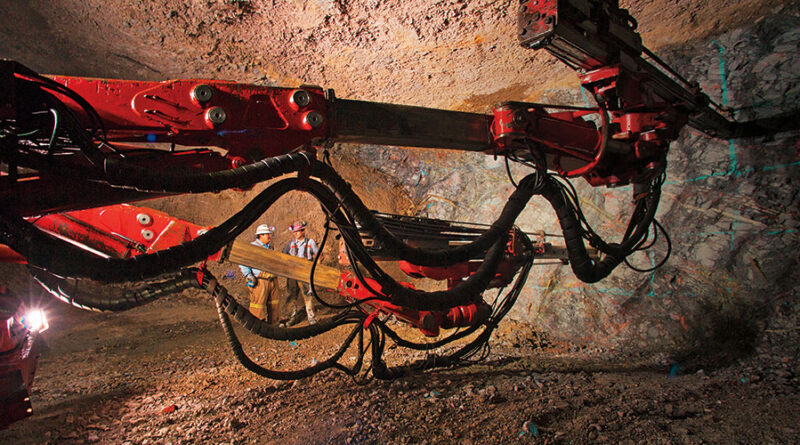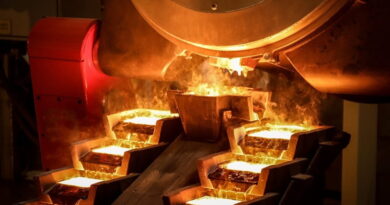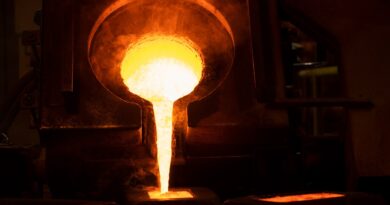Barrick Gold meets targets, advances growth projects
TORONTO – Barrick Gold Corporation has reported that it met its production targets for 2020, thanks to a consistent operating performance across the group that demonstrated management’s ability to manage the impact of the Covid-19 pandemic and other challenges. While cost of sales per ounce was impacted, total cash costs and AISC per ounce were contained within guidance despite higher royalty expenses from the higher gold price environment.
At the same time, Barrick has continued to progress major capital projects, including the Pueblo Viejo plant expansion, the development of the underground mine at Gounkoto, the transition to a new heap leach phase at Veladero and the re-establishment of the Bulyanhulu mine.
Higher gold and copper prices drove annual operating cash flow up 91% to $5.4 billion and annual free cash flow to a new record high of $3.4 billion.
The company ended the year with zero debt, net of cash, down from a peak of $13.4 billion in 2013, and with an improved credit rating of Baa1 from Moody’s, among the best in the gold sector.
President and chief executive Mark Bristow said despite 2020’s unprecedented difficult operating conditions — which in addition to the pandemic had included a coup in Mali, the financial meltdown in Argentina and the Papua New Guinea government’s flirtation with resource nationalism — the company made further progress towards delivering on its environmental, social and governance (ESG) commitments, and expected to improve on its rating in last year’s industry-first scorecard, published in its sustainability report.
The group’s total attributable gold resources grew in 2020, net of depletion and excluding the impact of the disposition of Massawa, as a result of the focus on high-confidence geology models following the merger with Randgold. Attributable gold reserves achieved a 76% replacement of depleted ounces, excluding Massawa, with the Africa and Middle East region once again more than replenishing their reserves.
Bristow said that since the merger with Randgold, the company had made significant progress in improving its knowledge of the legacy Barrick orebodies and in developing Life of Mine optimizations based on updated models, operating plans and cost forecasts.
“As our understanding of the orebodies increases, the potential for resource conversion to reserves will grow, but we still have some way to go to reach the replacement levels of the Africa and Middle East region across the group,” he said.
Bristow said an in-principle agreement about the future of the Porgera mine, which has been on care and maintenance for most of the past year, was reached with the government of Papua New Guinea in October 2020 and teams from both sides continue to work on the details of a mutually acceptable settlement.
In the meantime, Porgera has been excluded from the group’s 2021 production guidance of 4.4 to 4.7 million ounces of gold but, if an agreement is reached, will be added back in once the terms and timing of the settlement have been finalized.
The company is expecting per ounce costs to be similar to prior year actual results. Sustaining capital guidance includes investments previously deferred due to the Covid-19 pandemic.




